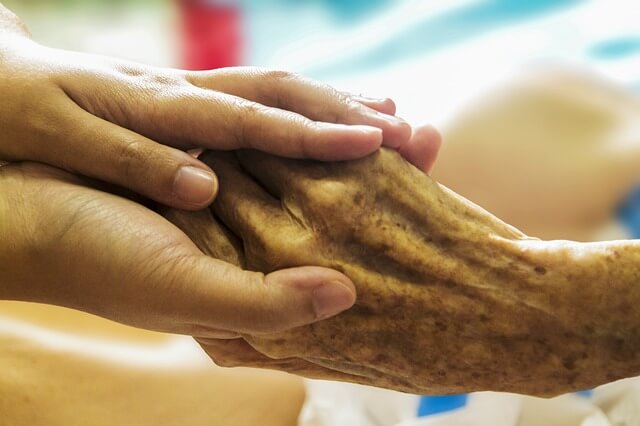Bedridden patient care entails great difficulties and a lot of patience, moral, psycho-emotional and physical strength. Anyone has already faced the problem of caring for bedridden patients at home at least once in a lifetime.
If such a situation is short-lived, then it has even some positive aspects. You have the opportunity to take care of a loved one who is in a weakened state, spend more time next to him, communicating on important topics. When this situation continues for more than a week, serious problems arise.
Improper Care Complications
- eating disorders;
- violation of breathing;
- violation of innervation and circulation, leading to pressure sores;
- other problems that can cause deterioration of metabolism and improper functioning of organs and systems of the body as a whole.
Not every person can provide proper care for the patient. To carry out this task and create optimal conditions for recovery, it is necessary to have a mass of valuable skills and a strong nervous system. This is not an easy job, which can only be performed by a trained professional.
Caring Tips for Bedridden Patients
The following handicap bathroom accessories and medical devices can be useful to the patient:
1. Functional Bed (two- or three-section) helps to give the body of a bed-patient a necessary position. The height is adjustable, and the side grilles will not let the lying patient fall to the floor.
2. Anti-Bedsore Mattress with a compressor for the prevention of pressure sores.
3. Raised Toilet Seat used if the patient is able to sit on his own. Ideal for people who have difficulty sitting down or standing up from the toilet. We advise you to use it in combination with Toilet Safety Frames.
4. 3 in 1 Bedside Commode Chair is perfect for individuals who find it difficult to reach the handicap accessible bathroom.
More Recommendations
- The bed should not be too soft. The sheet should be free from wrinkles, as they lead to pressure sores.
- The oilcloth can cause swelling of the skin and also cause bedsores. Use several light woolen blankets than one heavy wool blanket.
- The patient should wear only thin cotton underwear, and fasteners and ties should be in front.
- Place the bedside table near the bed. If the patient should take the medicine at the appointed time, prepare a few small glasses, stick a patch on them and write on it the hours of taking the tablets.
- If a bed-patient is suffering from incontinence of urine and feces, you can use diapers for adults. However, do not get carried away by diapers, they do not allow to breathe the skin. Also, read our tips on bath disabled patients safely.
- Ventilate a room at least 5 times a day for 10-20 minutes, wipe the dust and do a wet cleaning as often as possible.
And finally, take into account the wishes of the patient. He knows best what he needs. We hope that the advice will help you and your loved ones. Take care of yourself!
